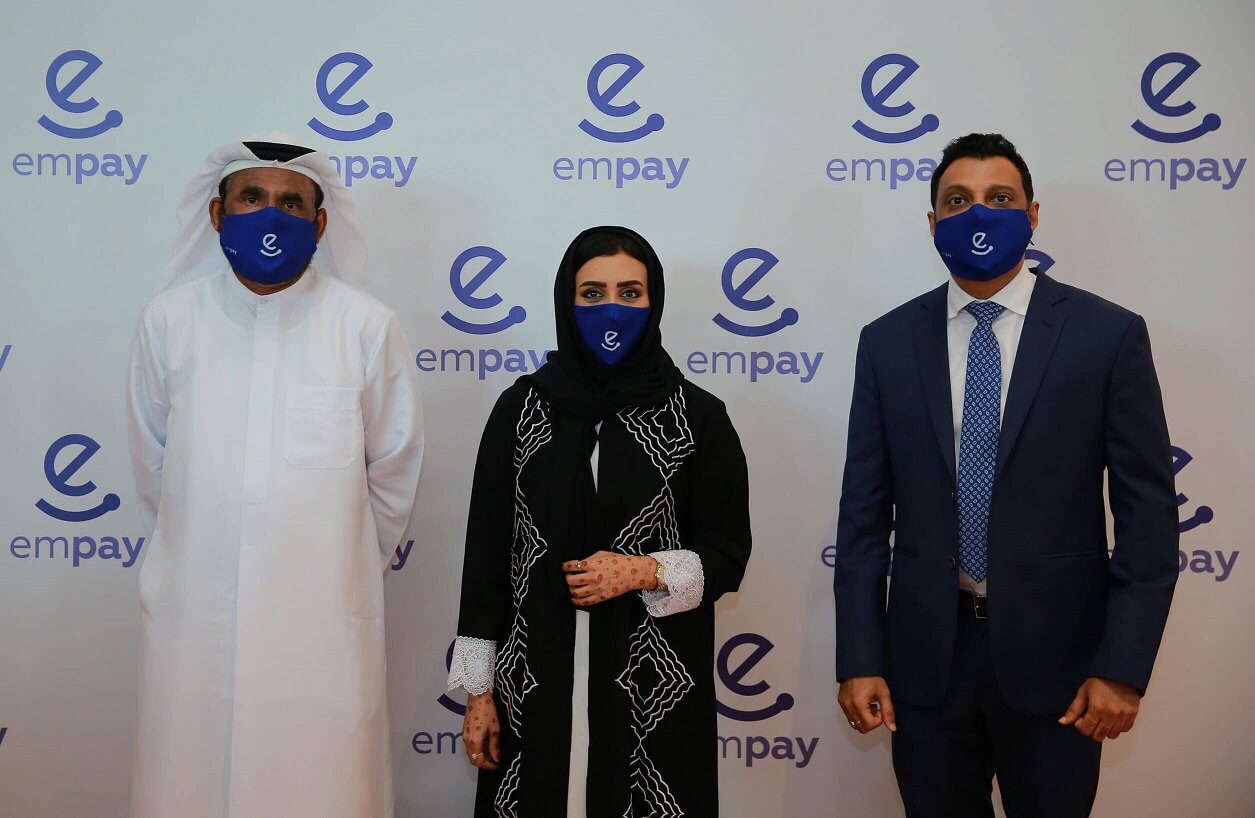Today, let’s take a deep look at how the advent and intervention of quick payments is transforming the payment landscape of UAE and how the residents and business owners are coping with it. Having completely overthrown and revolutionised the traditional payment set up in over 50+ countries, instantaneous payment methods are all set to shape things up in UAE as well. The fact that it can be utilised anytime, anywhere and that it’s fast is basically rerouting the payment requirements and conveniences of people. This shift is evident from how consumer preferences have been changing in the UAE, with more payments operators being licensed, booming e-commerce sales and rising mobile payments. Apparently, the powerful duo of quick payments and the upcoming open bank API system is expected to tremendously alter the payment scenario of UAE. An ideal advantage is that instant payments use the ISO 20022 messaging format that a good majority of payment systems around the globe shall adapt to in the upcoming years.
The pandemic saw an uproar of digital payments happening and the market is expected to witness 6.5 percent CAGR from 2020 to 2025. Some of the key players responsible for this change is the high level usage of mobile phones, increasing demand of e-commerce sales and definitely the huge penetration of the internet. A large number of retail outlets are now including digital payments as a payment method and new wallet fintechs and services are on the horizon more than ever. Apparently, more than 71% of the customers prefer digital payments while shopping as opposed to cash payments owing to the ease and speed. Also, a large number of innovative technology like blockchain, biometric, digital ledger etc is urging the existing payment methodologies to advance and transform according to the shifting customer preferences and behaviours. Not just customers, businesses and merchants prefer the instantaneous digital payments because it is quicker and cheaper than the existing card payment system.
Instant Payments systems can support various use-case requirements for C2C, B2C, B2B and C2B payments. In C2C, people use Instant Payments as a replacement to cash, where money is transferred between two mobile numbers. C2B facilitates all the online purchases made by customers or the bills paid by them. B2C corresponds to the wages and salaries paid by companies or the subsidiaries the Government rolls out, while B2B corresponds to the payments that's strictly between businesses and suppliers.
Although instant payments were developed keeping P2P payments in mind, they have progressed quickly to form a real time digital payment value chain for the users. Loan disbursements take a few seconds now since bulk payments are made easy. Also, going digital ensures that various other important data can be gathered, for example, customer spending behaviors, frequency etc, which can be further utilised to understand the consumer preferences and needs. Thus, a sound instant payments solution is all set to diversify and challenge the existing payment methodologies in the UAE.




